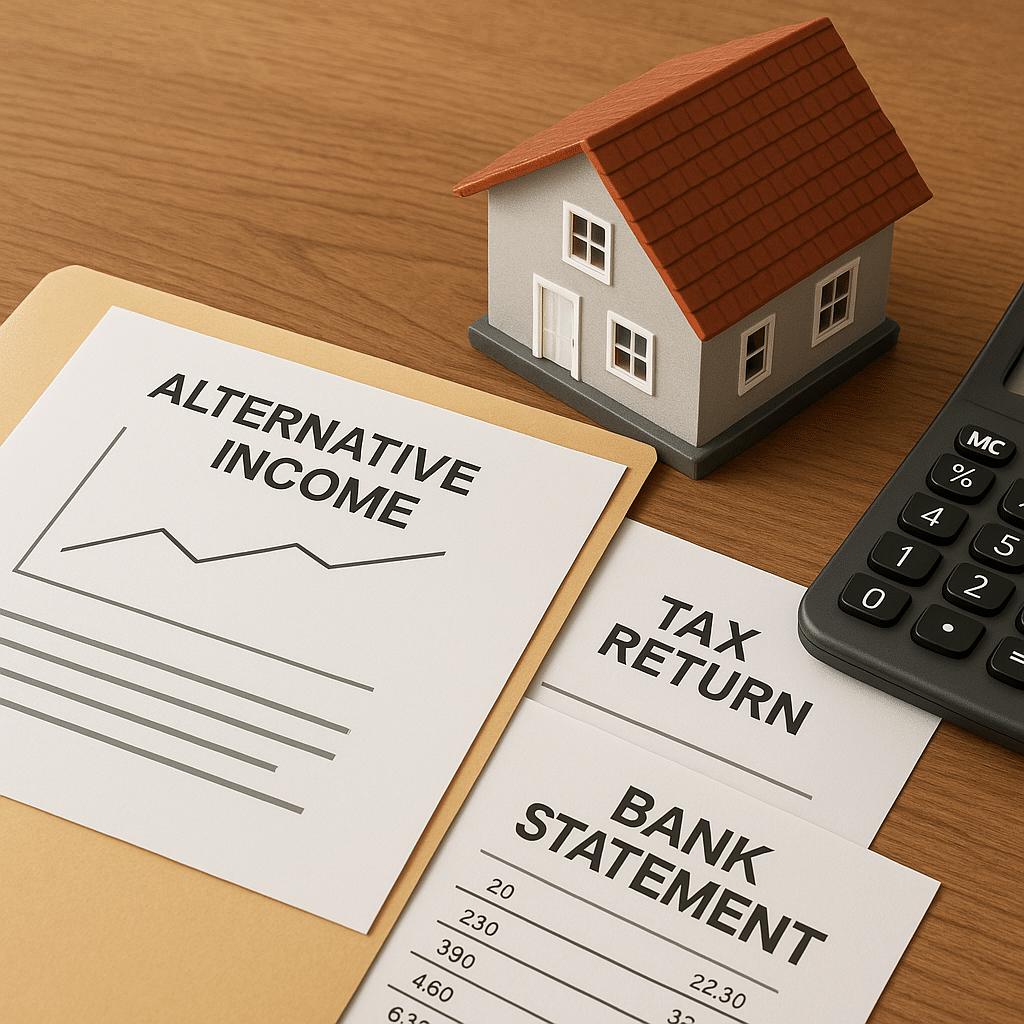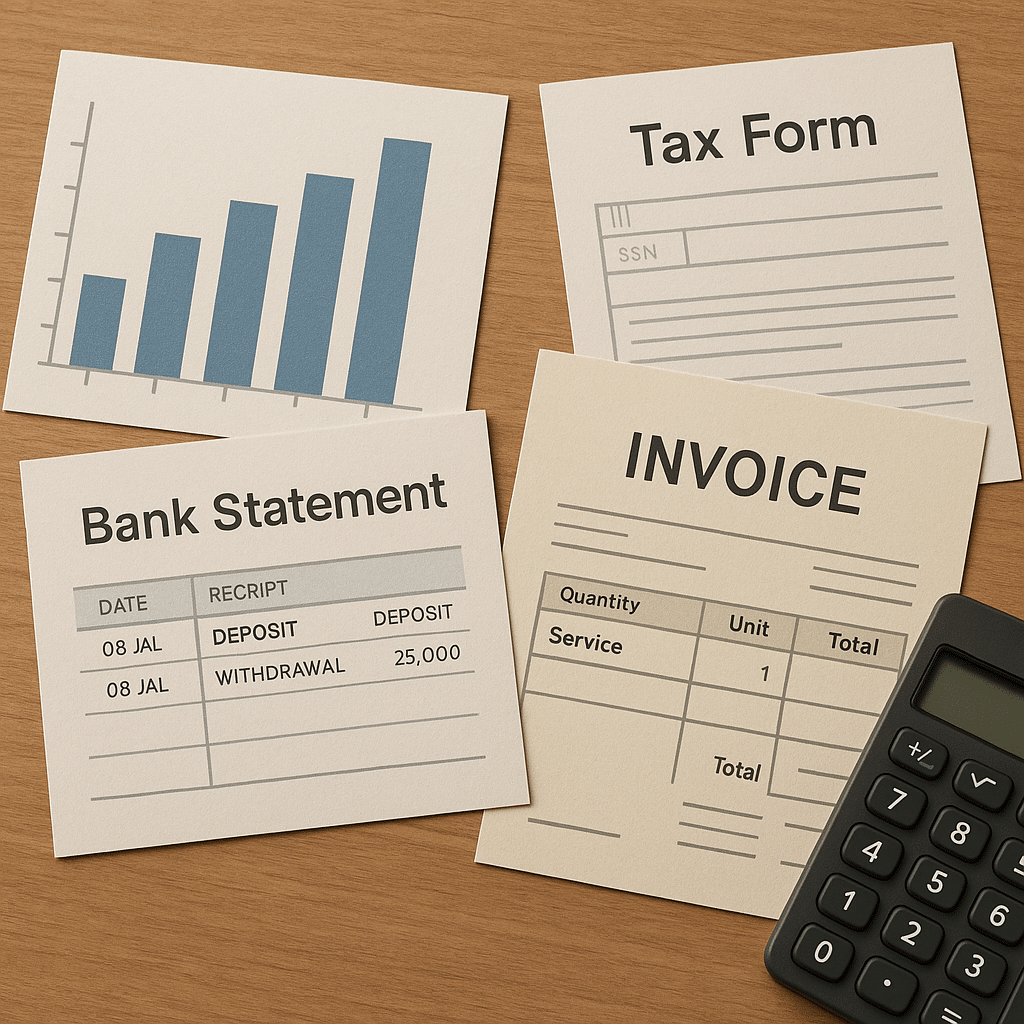Imagine you’ve built a stable life as a freelancer or small business owner. Your income doesn’t land on a set schedule, but your bank account shows steady deposits year after year. When it’s time to buy a home, though, a traditional lender asks for W-2s and a clear-cut salary – suddenly, your hard work seems invisible. This is where an alternative income mortgage can make all the difference.
Understanding Alternative Income Mortgages
What Sets These Loans Apart?
Alternative income mortgages let borrowers qualify for a home loan using proof of income that goes beyond the standard W-2 or pay stub. Instead of forcing everyone into one mold, these loans open doors for people whose income doesn’t follow the usual path.
Traditional mortgages lean heavily on predictable, employer-issued paychecks. Lenders typically want a two-year history of stable, documented income – often from salaried positions. But the workforce has shifted. More people are self-employed, working gigs, consulting, or running their own businesses. Others rely on investments, retirement funds, or rental properties.
Why Do Alternative Income Mortgages Exist?
Work looks different for millions now. Freelancers, gig workers, and business owners rarely have neat W-2 forms. Retirees may live off investments or annuities. Even successful professionals can find themselves locked out of traditional home financing because their income looks “unconventional” on paper.
Alternative income mortgages bridge that gap. They give creditworthy borrowers – who may not fit the old mold – a fair shot at homeownership.
Who Typically Seeks These Loans?
– Freelancers: Writers, designers, developers, and consultants with variable monthly income.
– Gig Workers: Rideshare drivers, delivery couriers, and other app-based earners.
– Small Business Owners: Entrepreneurs drawing income from their own companies.
– Retirees: Those living off Social Security, pensions, or investment withdrawals.
– Seasonal Workers: People earning most of their income during certain months, with off-seasons in between.
Types of Alternative Income Documentation

Lenders have developed several ways to verify income for non-traditional earners:
Bank Statement Loans
Instead of tax returns or pay stubs, borrowers provide 12 – 24 months of personal or business bank statements. Lenders review the deposits to estimate average monthly income.
Asset Depletion (Asset Utilization) Loans
Here, the borrower’s assets – such as savings, investments, or retirement accounts – are used to demonstrate the ability to make mortgage payments. The lender calculates a notional monthly “income” based on the liquid assets available.
1099 Income Loans
For independent contractors and consultants who receive 1099 forms instead of W-2s, some lenders offer loans based on recent years’ 1099 statements.
Other Forms: Rental Income, Trusts, and Annuities
Borrowers may qualify by documenting steady rental income (with leases and deposit history), trust disbursements, or annuity payments. Each lender sets its own guidelines for what counts and how it’s verified.
How Lenders Assess Alternative Income
What Are Lenders Looking For?
The main concern is whether the borrower can reliably repay the loan. Lenders scrutinize:
– Consistency: Is there a steady flow of deposits or distributions?
– Source: Where does the money come from – clients, investments, retirement plans?
– Sufficiency: Is the income enough to cover mortgage payments and other debts?
Common Documentation Requirements
Be prepared to provide:
– 12 – 24 months of bank statements (personal and/or business)
– Two years’ tax returns (sometimes required)
– Year-to-date profit and loss statements
– 1099 forms (if applicable)
– CPA letters verifying self-employment income
– Documentation of asset balances (for asset depletion loans)
How Underwriting Differs
Conventional mortgages use strict formulas for qualifying income – usually what’s reported after deductions on tax returns. Alternative income mortgages look beyond those numbers. This flexibility comes with more scrutiny: underwriters may question large deposits, request explanations for anomalies, or ask for backup documentation.
Benefits and Drawbacks

Flexibility for Non-Traditional Earners
The biggest advantage is clear: borrowers who don’t fit the mold can still qualify for a mortgage. You don’t need a W-2 job or even a fixed monthly income – as long as you can show the money’s coming in.
Trade-Offs: Rates and Down Payments
That flexibility comes with trade-offs. Lenders take on more risk when they can’t rely on traditional documentation. As a result:
– Interest rates are often higher than standard loans.
– Larger down payments might be required – sometimes 15 – 25% or more.
– Loan limits may be lower than conventional programs.
– Not all property types are eligible; some programs exclude condos or investment properties.
For many borrowers, though, the trade-off is worth it – especially when the alternative is renting indefinitely.
Steps to Qualify for an Alternative Income Mortgage
1. Gather Your Documentation
Start by collecting your bank statements (12 – 24 months), any 1099s or profit/loss statements, and records of other income sources. If you’re self-employed, a year-to-date P&L and a CPA letter can strengthen your application.
2. Improve Your Financial Profile
Pay down debts where possible and keep your credit score healthy. Lenders still look at your debt-to-income ratio – even if “income” is calculated differently.
3. Choose the Right Lender
Not every lender offers alternative income mortgage programs. Ask upfront about their documentation requirements and experience with non-traditional borrowers.
4. Prepare for the Process
Expect more questions and requests for clarification than with a conventional loan. Be ready to explain any irregularities in your deposits or gaps in your financial records.
Mini-Case: From Freelance to Homeowner
A freelance graphic designer with two years of steady income struggles to qualify for a conventional mortgage due to lack of W-2s. She applies for a bank statement loan, providing 24 months of personal and business account statements. With clear records showing consistent deposits, she’s approved for a mortgage – though with a slightly higher rate and larger down payment than standard loans.
Field Note: Watch Out for Documentation Gaps
Some borrowers underestimate how closely lenders scrutinize bank statements for large unexplained deposits or irregular income patterns – these can trigger requests for additional documentation or even loan denial. If you know you’ll be applying in the next year or two, start keeping organized records now. Avoid commingling personal and business funds if possible.
Questions to Ask Before Applying
1. Is my income history consistent enough to satisfy lender requirements?
2. Do I have clear, organized documentation for all my income sources?
3. Am I prepared for a potentially higher interest rate or down payment?
FAQ: Alternative Income Mortgages
Q: Who typically qualifies for an alternative income mortgage?
A: Borrowers who can’t document income through traditional W-2s – like freelancers, business owners, or retirees – often use alternative income mortgages.
Q: What documents are needed for these loans?
A: You may need 12 – 24 months of bank statements, 1099 forms, asset statements, or letters from a CPA, depending on the loan type.
Q: Are rates higher for alternative income mortgages?
A: Rates can be higher than conventional loans, since lenders take on more risk with non-traditional income documentation.
Q: Can I use rental or investment income to qualify?
A: Yes, some lenders allow documented rental or investment income as part of your qualifying income.
Q: Is a larger down payment required?
A: Often, yes – lenders may require a higher down payment to offset risk, but requirements vary by lender and loan program.
Alternative income mortgages aren’t just a workaround – they’re a recognition that not every worthy borrower fits a single mold. With careful preparation and organized records, homeownership can be within reach – even if your career path is uniquely your own.
